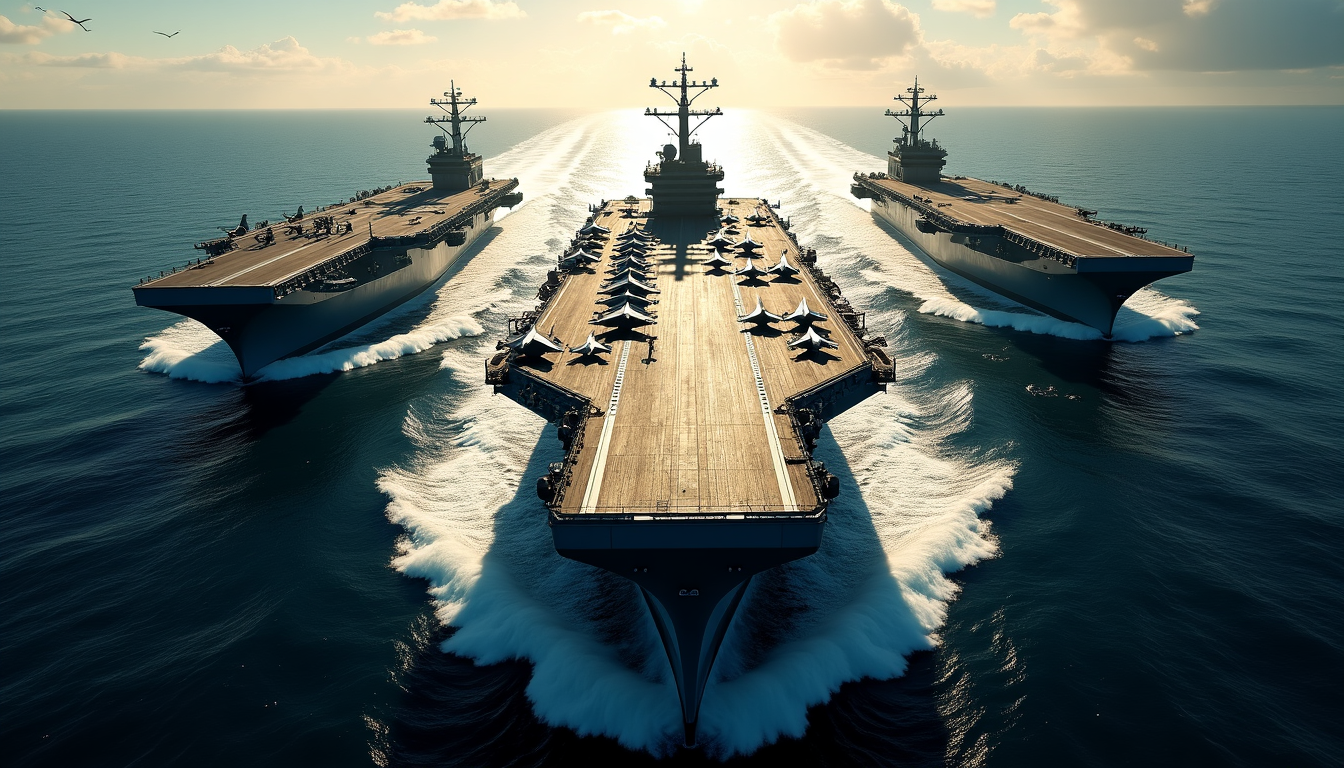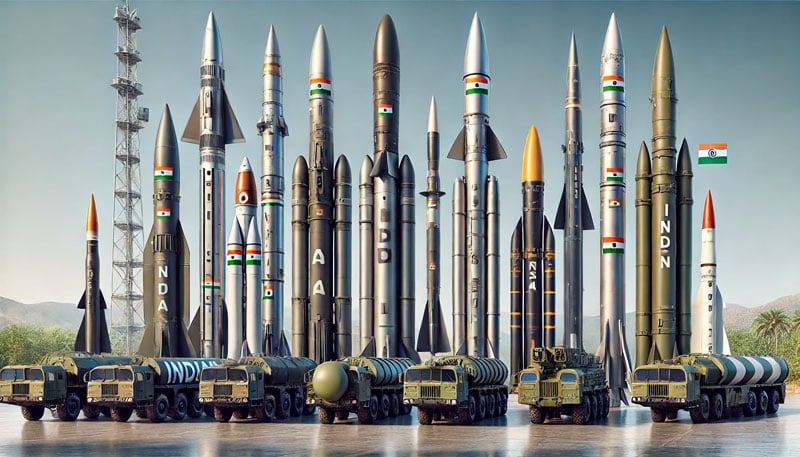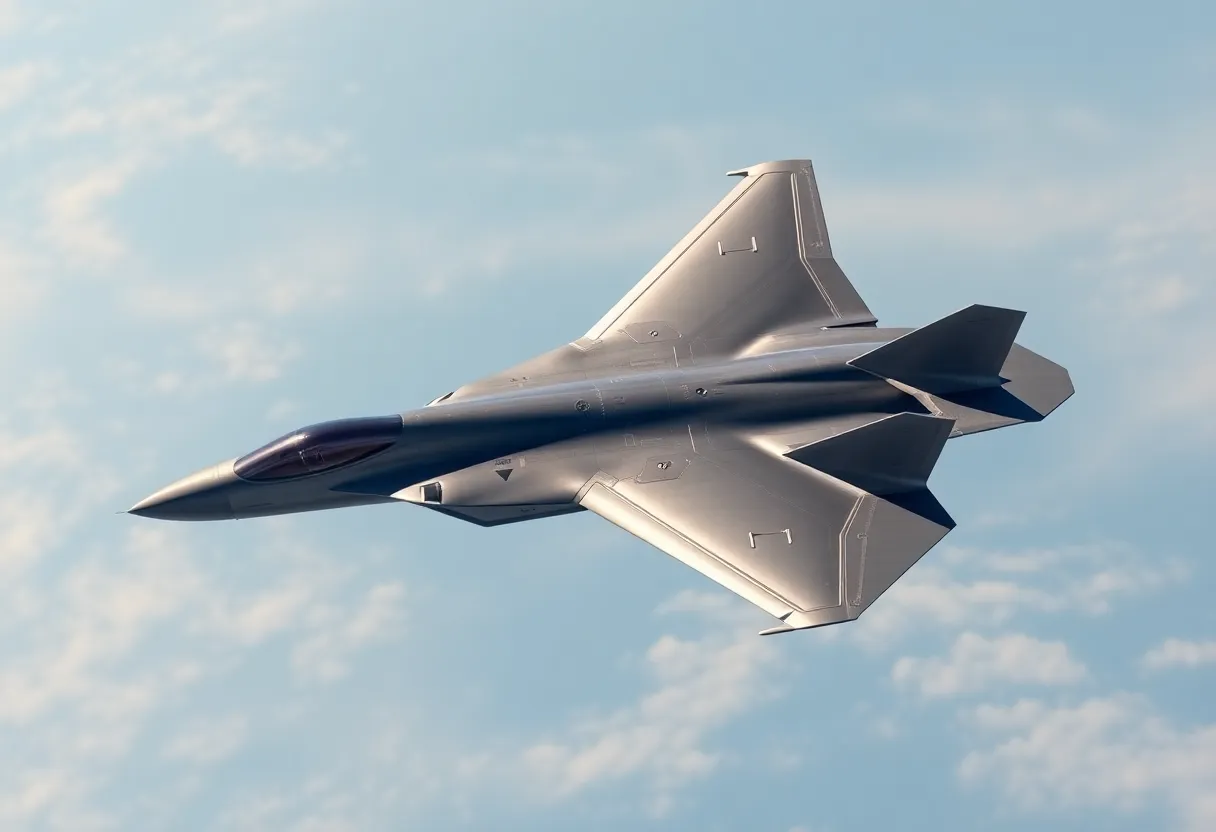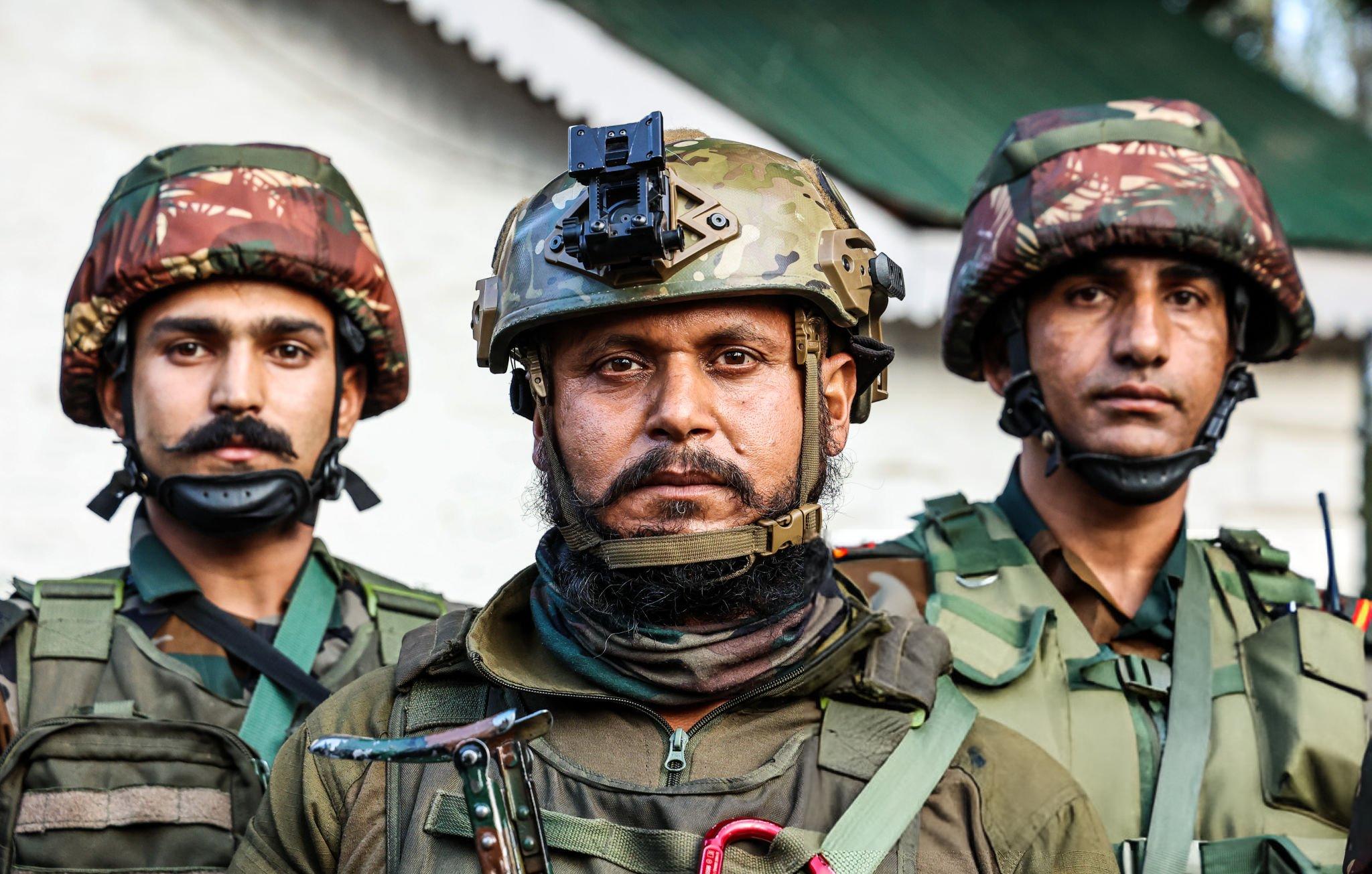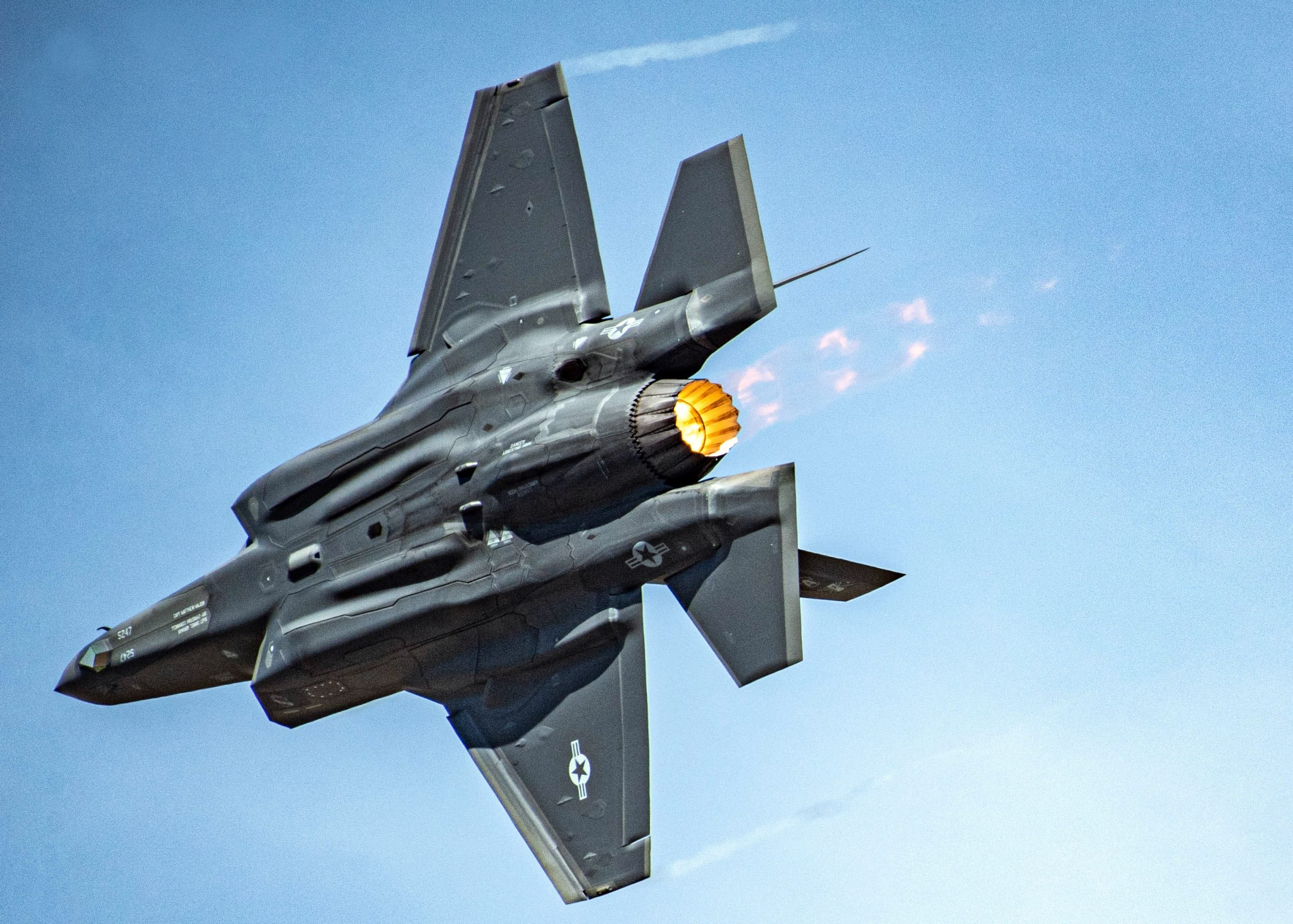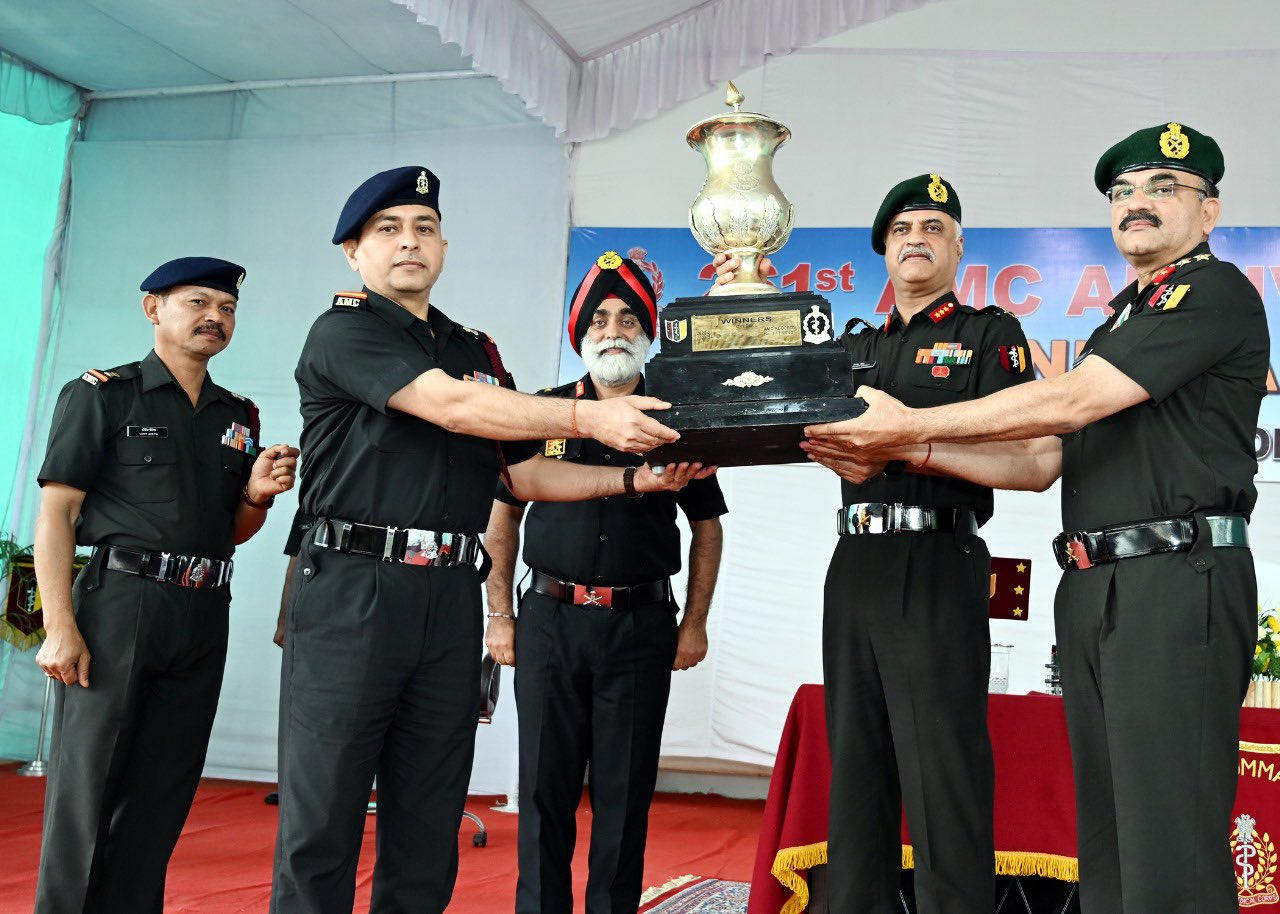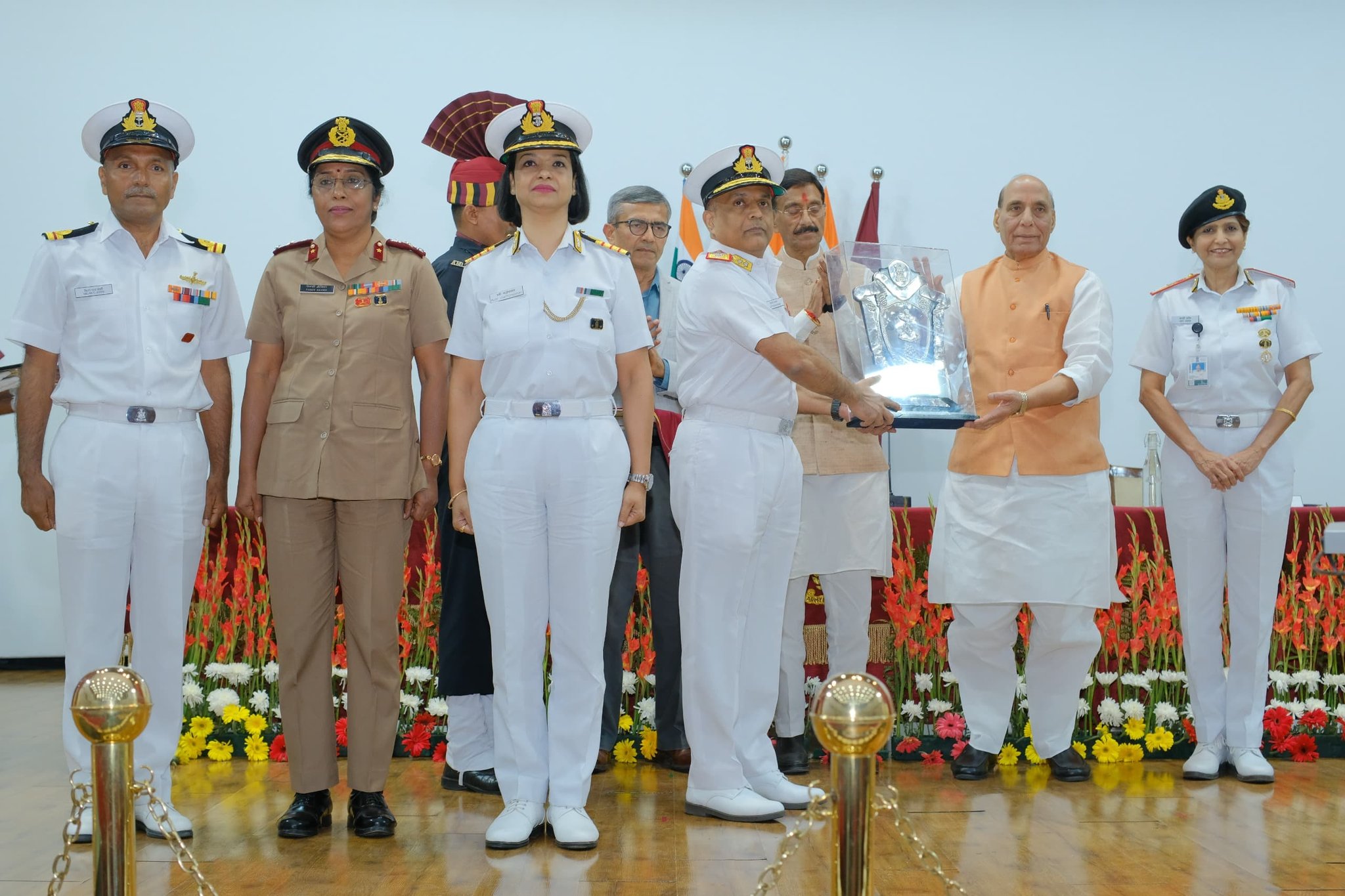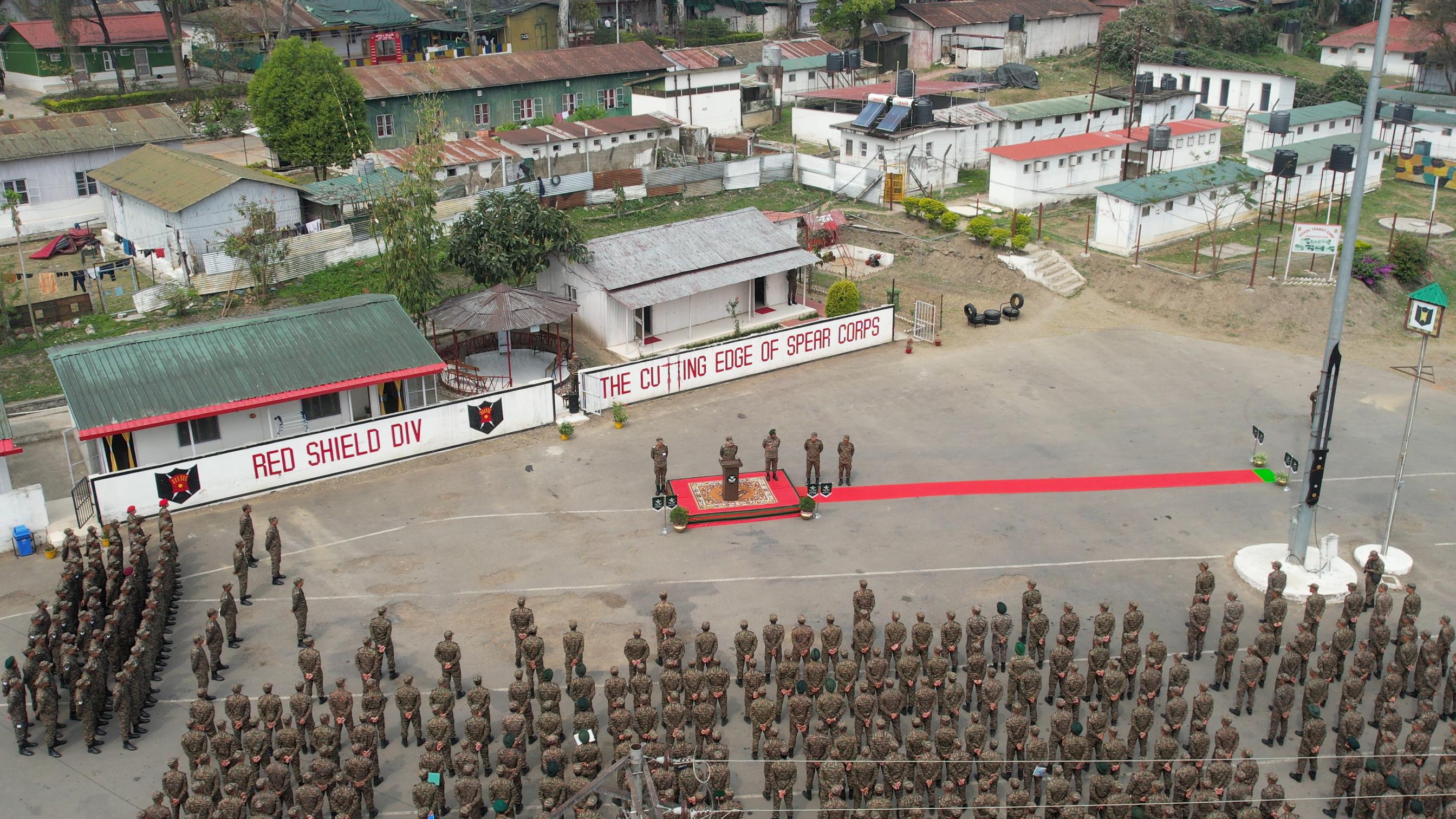Imagine a floating city – a behemoth weighing over 100,000 tons that carries more than 75 aircraft and houses thousands of personnel. These naval warfare giants are aircraft carriers, the ultimate symbols of maritime military power.
The USS Gerald R. Ford stands as the world’s largest aircraft carrier. This massive vessel demonstrates the evolution of carriers from basic aircraft platforms to advanced command centers. These floating fortresses now serve as the foundation of naval operations and project military might throughout the world’s oceans.
The modern naval arena features 15 of these massive carriers, ranging from America’s supercarriers to China’s growing fleet. This detailed guide explores each vessel’s unique features that showcase its nation’s military capabilities, technological prowess, and strategic goals.
USS Gerald R Ford (100,000 tons)
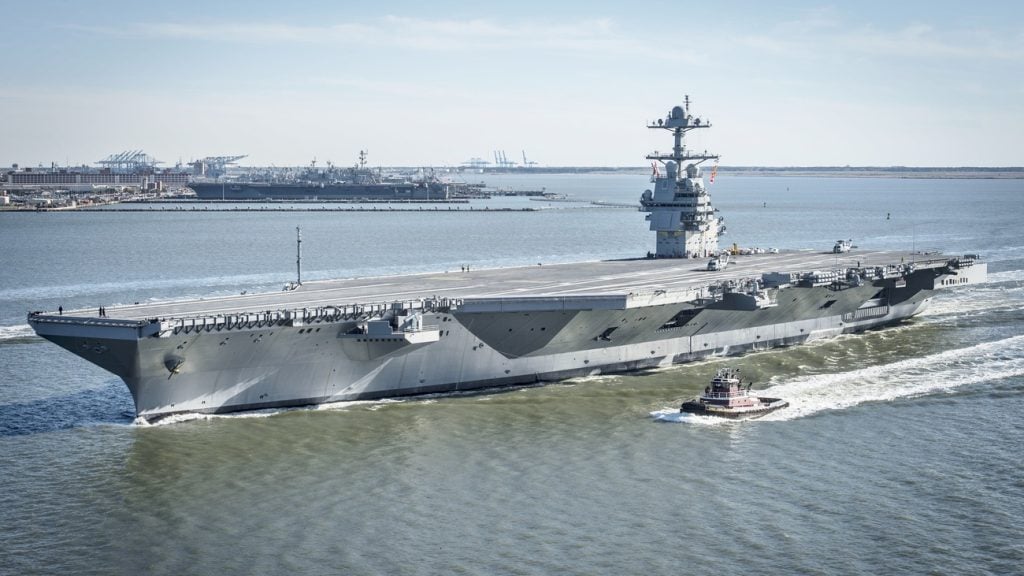
The USS Gerald R Ford leads a new generation of naval power and stands as the most advanced aircraft carrier built to date. This maritime giant stretches 337 meters in length and 78 meters in width, marking a major leap in naval engineering.
Gerald R Ford Class Specifications
The carrier’s impressive specifications include:
| Feature | Specification |
|---|---|
| Displacement | ~100,000 long tons (full load) |
| Length | 1,106 ft (337 m) |
| Speed | 30+ knots (classified exact top speed) |
| Range | Effectively unlimited (powered by two nuclear reactors) |
| Crew | ~4,500 total (ship’s company + air wing, depending on mission) |
Advanced Technology Features
The vessel’s revolutionary design uses two A1B nuclear reactors that provide 250% more electrical capacity than previous carriers. The ship also features the groundbreaking Electromagnetic Aircraft Launch System (EMALS) that accelerates aircraft smoothly and reduces airframe stress.
Combat Capabilities and Aircraft Capacity
The Ford’s combat systems include:
- RIM-162 Evolved Sea Sparrow Missiles
- RIM-116 Rolling Airframe Missiles
- Phalanx CIWS defense systems
The carrier supports up to 90 aircraft, including F-35 Lightning II, F/A-18E/F Super Hornets, and various unmanned aerial vehicles. The ship delivers a 33% higher sortie generation rate than the Nimitz class and maintains 160 sorties daily with surge capabilities reaching 270 sorties during crisis situations.
USS Nimitz Class (97,000 tons)
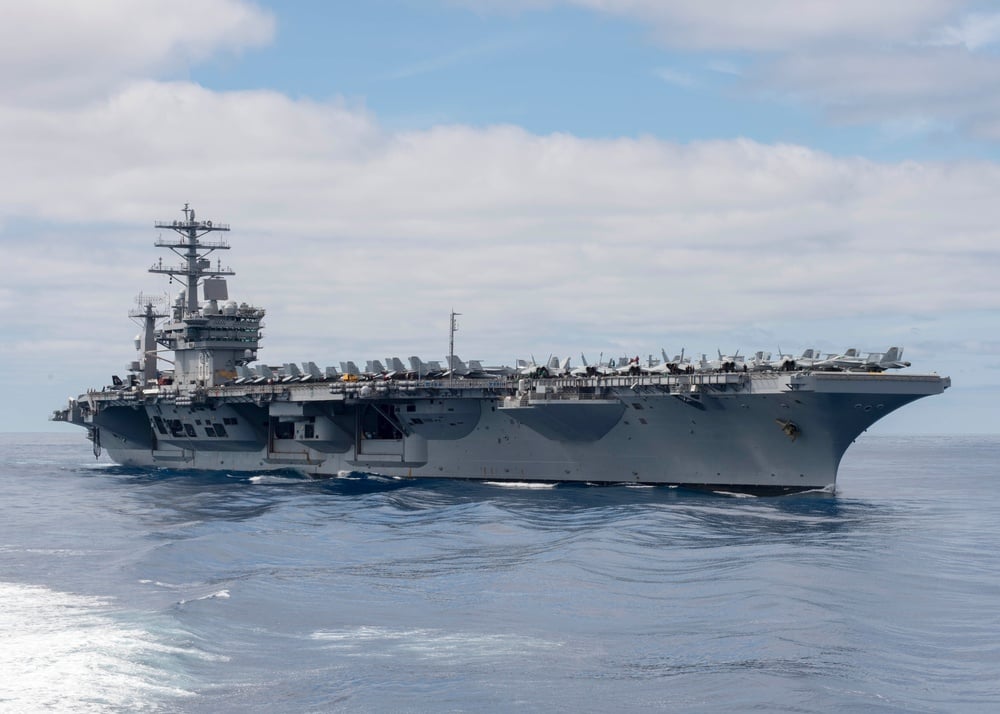
The Nimitz-class carriers have served as the backbone of American naval power for almost five decades. These impressive vessels were the largest warships ever built until USS Gerald R Ford joined the fleet.
Nimitz Class Design Features
These maritime giants stretch 1,092 feet (333 meters) long with a beam of 252 feet (77 meters). The carriers can store 90% more aviation fuel and 50% more ordnance than their predecessors. The U.S. Navy confirms these ships can take three times the damage that Japanese attacks inflicted on Essex-class carriers during World War II.
Nuclear Propulsion System
Two A4W nuclear reactors power each Nimitz-class carrier from separate compartments. This robust system delivers:
| Specification | Capability |
|---|---|
| Maximum Speed | Over 30 knots |
| Power Output | 260,000 horsepower |
| Operational Range | 20+ years without refueling |
| Service Life | Over 50 years |
Combat Operations History
We designed these carriers based on Vietnam War experiences and adapted them to meet evolving military needs. The ships expanded beyond their attack carrier role to handle anti-submarine warfare operations. Their combat systems include:
- NATO RIM-7 Sea Sparrow missile launchers
- 20mm Phalanx CIWS defense cannons
- Advanced radar jamming systems
These engineering marvels can accommodate up to 130 F/A-18 Hornets or 85-90 mixed aircraft, though current deployments usually carry 64 aircraft.
Fujian Type 003 (80,000 tons)
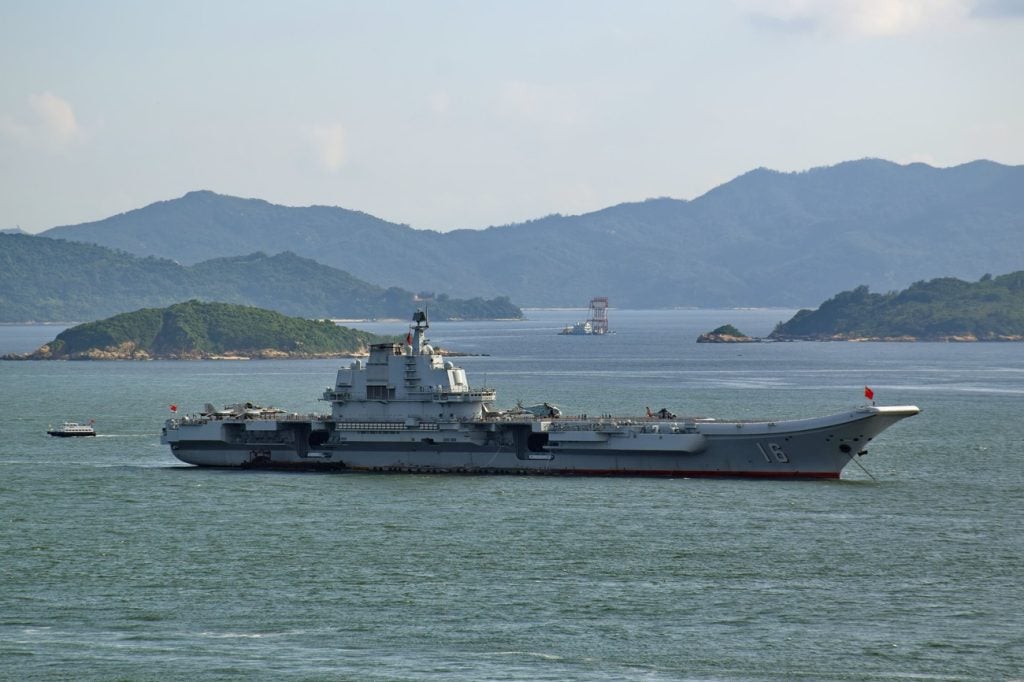
The Type 003 Fujian marks China’s most important milestone in naval modernization and stands as Beijing’s most ambitious maritime project yet. The construction started at Shanghai’s Jiangnan Shipyard in 2017, and the carrier launched in June 2022.
Fujian’s Advanced Features
This vessel ranks among the world’s largest conventionally powered carriers with impressive specifications. The Fujian’s displacement of 80,000 tons exceeds its predecessors – the Liaoning (60,000 tons) and Shandong (66,000 tons). The carrier can house between 50-60 aircraft, with J-15 fighters and KJ-600 airborne early warning aircraft making up the main fleet.
Electromagnetic Catapult System
The Fujian brings a revolutionary “catapult assisted take-off but arrested recovery” (CATOBAR) launch system. The vessel’s key features include:
- Three electromagnetic catapults measuring 105 meters each
- Advanced aircraft recovery systems
- The ability to launch heavier and larger fixed-wing aircraft
Strategic Importance for China
The Fujian’s deployment will improve China’s maritime capabilities in multiple domains. The carrier’s size and advanced launch systems allow it to work effectively in the South China Sea and Taiwan Strait. This vessel serves as a vital component of China’s naval modernization strategy and was designed to project power.
A comparison of key features shows the vessel’s importance:
| Feature | Capability |
|---|---|
| Length | 318 meters |
| Aircraft Capacity | 50-60 aircraft [162] |
| Launch Systems | 3 electromagnetic catapults |
| Status | Sea trials commenced May 2024 |
HMS Queen Elizabeth (65,000 tons)
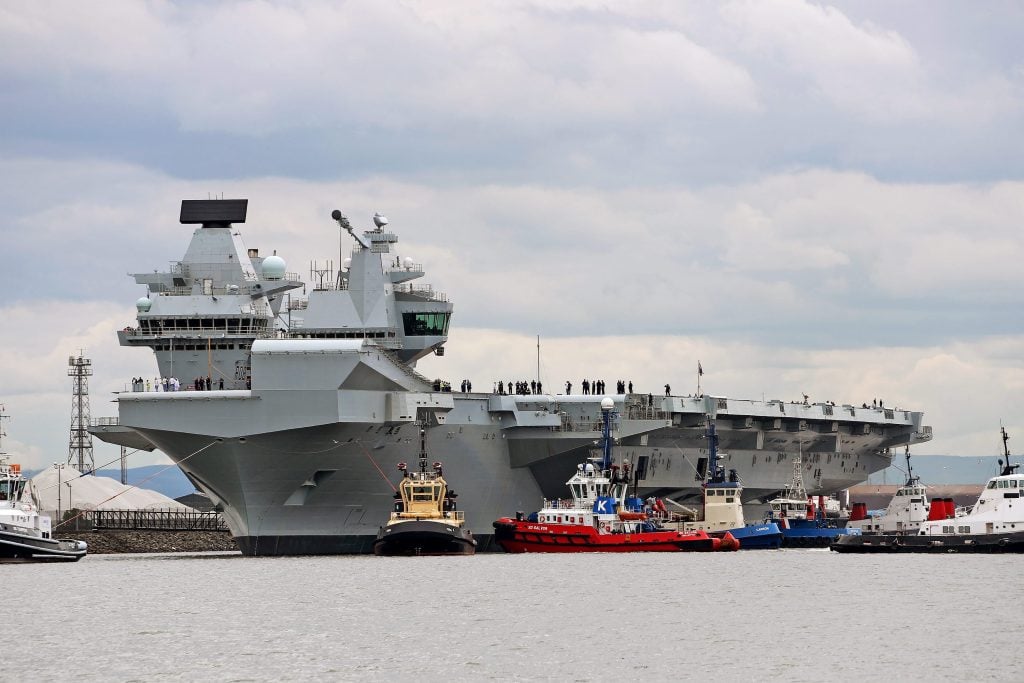
HMS Queen Elizabeth stands proudly as one of the most technologically sophisticated aircraft carriers in naval history. This mighty vessel weighs 65,000 tons and stretches an impressive 284 meters in length.
Queen Elizabeth Class Technology
The carrier’s advanced systems feature three Phalanx CIWS turrets that deliver powerful defense capabilities. These weapons systems can fire between 3,000 to 4,500 shots per minute. The vessel’s key specifications include:
| Feature | Capability |
|---|---|
| Speed | 25+ knots |
| Range | 10,000 nautical miles |
| Flight Deck Size | 280m x 70m |
| Aircraft Capacity | Up to 72 aircraft |
F-35B Integration Capabilities
The carrier shows exceptional versatility in aircraft operations. It supports up to 36 F-35B Lightning II fighters and various helicopter types. The vessel can conduct:
- 72 fast jet sorties daily in standard operations
- 420 sorties over five days in intensive operations
Strategic Role in Royal Navy
HMS Queen Elizabeth serves as the fleet flagship and represents Britain’s steadfast dedication to global security. The carrier acts as the centerpiece of the UK Carrier Strike Group with Type 45 destroyers, Type 23 frigates, and support vessels. The ship accommodates up to 1,600 personnel and executes complete maritime operations in a variety of mission profiles.
The vessel’s importance goes beyond national defense through its continuous connection with US Marine Corps F-35B squadrons. This international cooperation boosts the carrier’s operational flexibility during global deployments.
HMS Prince of Wales (65,000 tons)
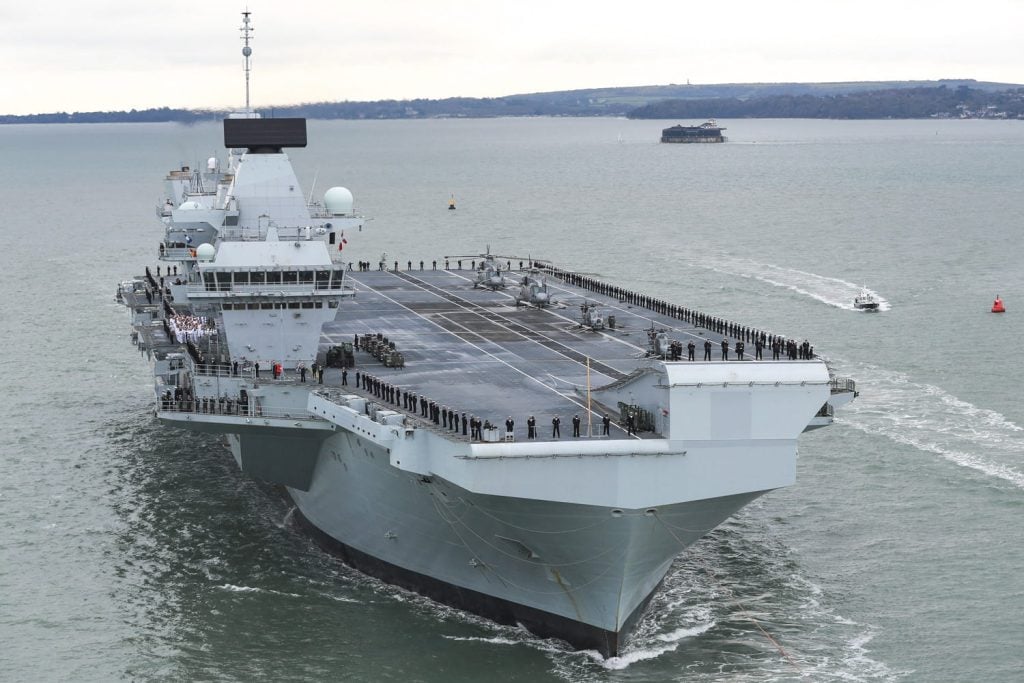
HMS Prince of Wales stands as Britain’s newest naval asset and shows the Royal Navy’s steadfast dedication to a powerful maritime presence. This formidable vessel ranks among NATO fleet’s largest aircraft carriers.
Prince of Wales Design Features
The carrier’s specifications demonstrate its maritime dominance:
| Feature | Specification |
|---|---|
| Length | 284 meters |
| Flight Deck | 70m x 280m |
| Food Storage | 45 days’ worth |
| Aircraft Spots | 6 landing spots |
Operational Capabilities
The vessel shows remarkable versatility in its operations. The carrier accommodates:
- Up to 48 F-35B Lightning II fighters and Merlin helicopters
- Maximum surge capacity of 70+ F-35B aircraft
- 250 Royal Marines with support helicopters
The hangar deck supports CH-47 Chinook helicopter operations without blade folding, which enhances operational flexibility. The vessel requires a minimum crew of 700, and this number grows to approximately 1,600 when aircraft are onboard.
NATO Fleet Integration
HMS Prince of Wales plays a pivotal role in NATO operations. The carrier guides a multinational strike group of eight vessels that includes British, American, Spanish, and Danish ships. This vessel’s integration into NATO operations proves its importance in securing maritime safety throughout the Atlantic alliance.
The ship serves as a core component of the UK Carrier Strike Group with its carrier-enabled power projection capabilities. Notwithstanding that, its capabilities go beyond combat operations, as the vessel supports humanitarian relief missions and counter-terrorism operations.
USS America LHA-6 (45,000 tons)
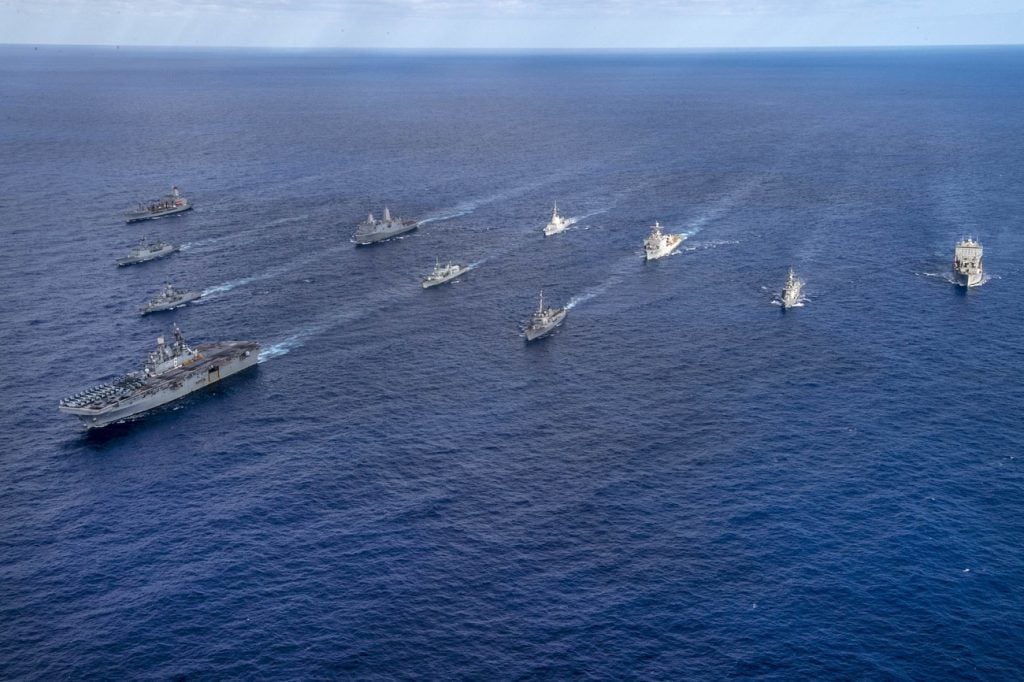
USS America stands out as a versatile amphibious assault ship with a unique approach to naval aviation. This 45,000-ton vessel doubles as an amphibious platform and a light aircraft carrier that plays a distinctive role in modern naval operations.
America Class Features
The ship spans 257.2 meters in length with a beam of 32.3 meters. A hybrid propulsion system powers the vessel through two LM2500+ gas turbines. Each turbine generates 35,290 shaft horsepower and works with two 5,000hp auxiliary propulsion motors. The ship houses 1,204 crew members and can carry up to 1,871 troops.
Amphibious Operations Capability
The aviation-focused design of USS America excludes the traditional well deck to boost aircraft operations. The ship carries a detailed aircraft complement:
- 12 MV-22B Osprey tilt-rotor aircraft
- 6 F-35B Lightning II fighters
- 4 CH-53K heavy transport helicopters
- 7 AH-1Z/UH-1Y attack/utility helicopters
- 2 MH-60S Seahawk rescue helicopters
Modern Combat Systems
The ship’s defensive capabilities provide multiple layers of protection through:
| Combat System | Capability |
|---|---|
| Rolling Airframe Missiles | Anti-missile defense |
| Sea Sparrow Missiles | Anti-air warfare |
| Phalanx CIWS | Close-in defense |
| .50-caliber machine guns | Surface defense |
The ship makes use of the Ship Self Defense System (SSDS) that coordinates radar data with anti-air weapons and decoy systems. USS America has shown its worth in operations of all types, from humanitarian assistance to disaster relief missions.
INS Vikramaditya (45,400 tons)
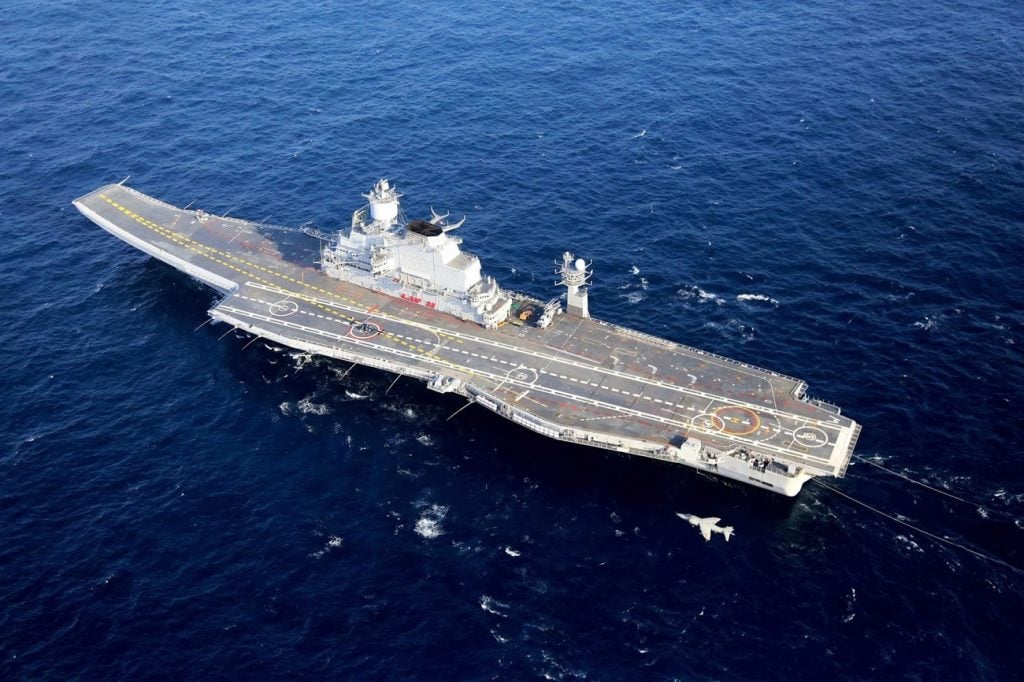
INS Vikramaditya, India’s flagship aircraft carrier, is getting a major refit at Cochin Shipyard Limited. The Ministry of Defense has set aside ₹1,207.50 crore to modernize this massive vessel.
Vikramaditya’s Modernization
The carrier’s impressive capabilities show its dominance at sea:
| Feature | Capability |
|---|---|
| Length | 284 meters |
| Aircraft Capacity | 34 aircraft |
| Crew Complement | 1,600 personnel |
| Operational Range | 7,000 nautical miles |
Indian Naval Operations
The carrier proves its excellence through joint operations with INS Vikrant. It launched multiple MiG-29K fighters simultaneously, which demonstrated its combat readiness. The ship’s air wing consists of:
- MiG-29K multi-role fighters
- Kamov Ka-31 airborne early warning helicopters
- MH-60R maritime helicopters
Strategic Importance
INS Vikramaditya is a vital part of India’s maritime strategy. The carrier battle group operates with Kolkata-class destroyers and Talwar-class frigates. The ship participated in exercise MILAN 2024 with over 50 nations, 35 vessels, and 50 aircraft. This showcased its role in encouraging international naval cooperation.
The carrier’s capabilities go way beyond the reach and influence of conventional warfare. It maintains a surveillance bubble of over 500 kilometers. The Indian Navy plans to improve its carrier fleet by adding advanced Rafale-M naval fighters to its existing aircraft.
INS Vikrant (45,000 tons)
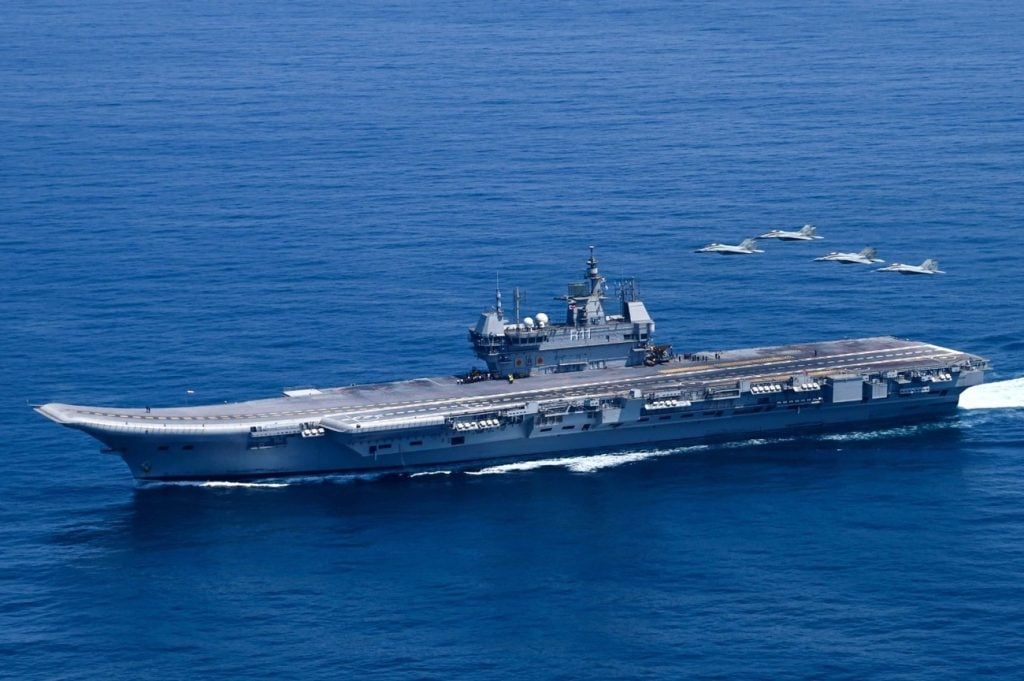
INS Vikrant stands as India’s first domestically designed and built aircraft carrier. This maritime giant demonstrates the nation’s growing naval capabilities with 76% indigenous content.
Indigenous Design Features
The carrier’s impressive specifications highlight domestic engineering excellence:
| Feature | Specification |
|---|---|
| Length | 262 meters |
| Width | 62 meters |
| Displacement | 45,000 tons |
| Range | 7,500 nautical miles |
| Speed | 28 knots |
The vessel contains 2,300 compartments and needs 1,700 crew members to operate. The Indian Navy developed warship-grade steel through collaboration with SAIL and DRDL.
Combat Systems Integration
The carrier’s aviation capabilities include:
- MiG-29K fighter jets
- Kamov-31 early warning helicopters
- MH-60R multi-role helicopters
- Advanced Light Helicopters
The vessel uses Short Take-Off But Arrested Recovery (STOBAR) technology with a ski-jump for aircraft launches. The flight deck covers 12,450 square meters and supports operations of 12 fighter jets and 6 helicopters simultaneously.
Role in Indian Navy
The carrier’s state-of-the-art medical facilities include modular operation theaters, ICU, laboratories, and CT scanning capabilities. INS Vikrant operates with INS Vikramaditya, enabling dual-carrier operations that expand India’s maritime presence in the Indo-Pacific substantially.
Charles de Gaulle (42,500 tons)
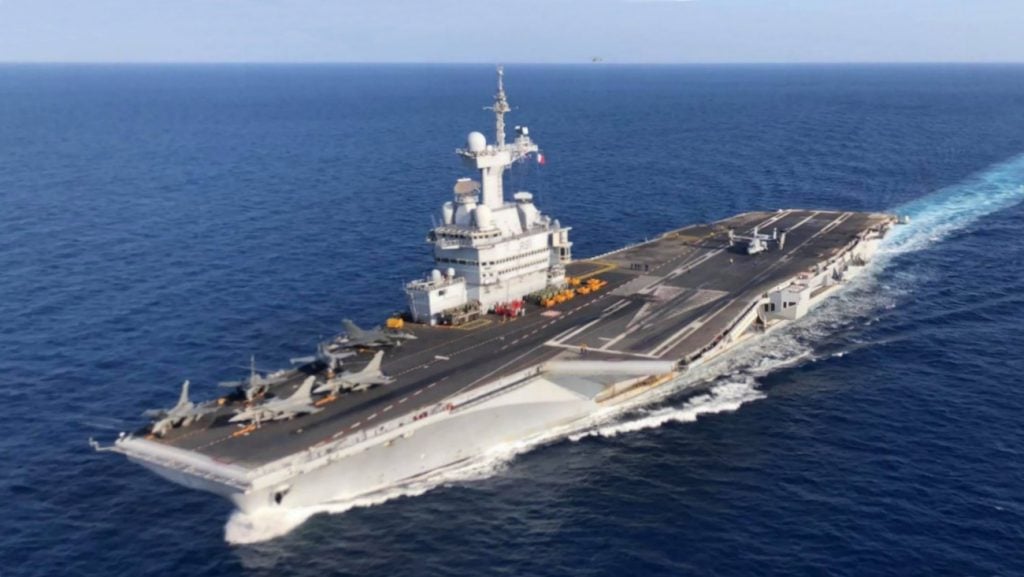
Originally serving as France’s flagship vessel, Charles de Gaulle represents excellence in nuclear-powered aircraft carrier technology. The vessel stands as Europe’s only nuclear-powered aircraft carrier and displaces 42,500 tons.
Nuclear Propulsion Features
Two Areva K15 pressurized water reactors power the carrier’s advanced propulsion system. Each reactor generates 150 MW of power. The technical specifications include:
| Feature | Specification |
|---|---|
| Length | 261.5 meters |
| Flight Deck | 195-meter angled deck |
| Aircraft Capacity | 40 aircraft |
| Crew Size | 1,950 personnel |
French Naval Operations
The vessel’s air wing consists of:
- Rafale M fighters
- E-2C Hawkeye early warning aircraft
- AS565 Panther helicopters
The carrier’s SENIT8 combat system tracks 100 targets simultaneously. A substantial munitions capacity of 2,100 tons supports extensive combat operations.
Mediterranean Deployment
Charles de Gaulle showcases its operational capabilities through Mission Clemenceau 25 in the Mediterranean, Red Sea, and Indo-Pacific regions. The carrier strike group collaborates with vessels from multiple nations to encourage international naval cooperation. The vessel conducts joint exercises with forces from Australia, Canada, Greece, Japan, and other allied nations.
The carrier’s integration into NATO command structure represents a historic milestone in French naval operations. This development highlights its crucial role in maritime security across strategic regions.
Italian Cavour (30,000 tons)
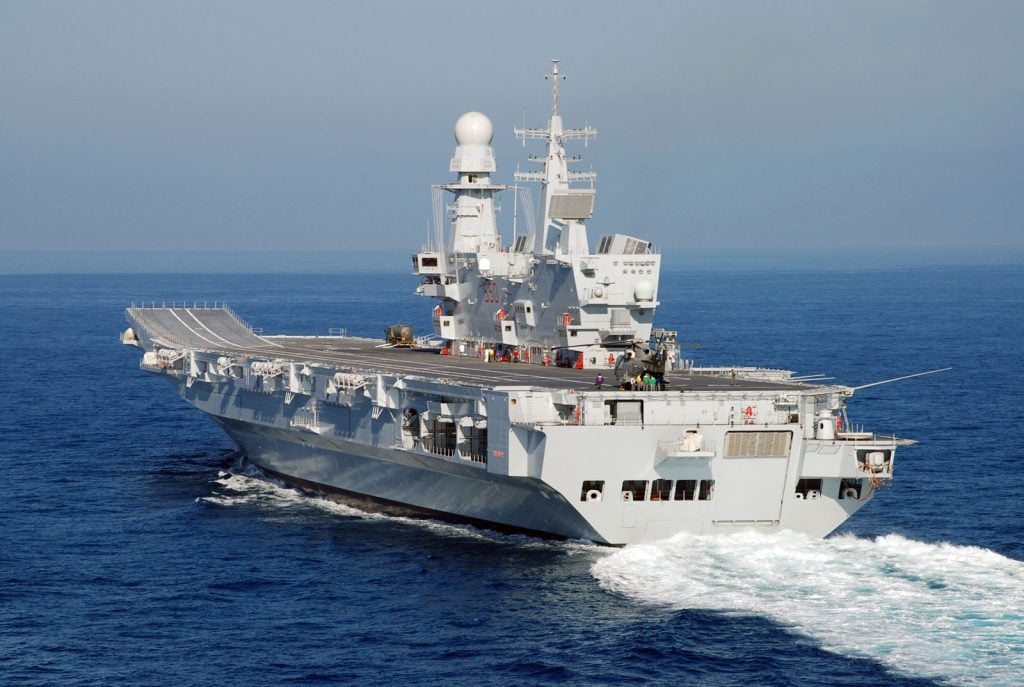
The Italian aircraft carrier Cavour excels at both strike operations and amphibious assault missions. This powerful vessel spans 244 meters with a full load displacement of 30,000 tons.
Cavour’s Design Features
The carrier boasts impressive maritime capabilities:
| Feature | Specification |
|---|---|
| Flight Deck | 232.6 x 34.5 meters |
| Hangar Space | 134.2 x 21 meters |
| Range | 7,000 nautical miles |
| Speed | Over 28 knots |
The vessel’s defensive arsenal includes two Oto Melara 76mm Super Rapido guns and three Oerlikon Contraves 25mm anti-aircraft guns.
F-35B Integration
Recent modernization has equipped the carrier to support F-35B operations with:
- Ten F-35Bs in the hangar
- Six additional aircraft on deck
- Advanced landing and takeoff systems
Mediterranean Operations
The carrier works alongside USS Gerald R. Ford and French carrier Charles de Gaulle in joint operations. Cavour plays an active role in NATO exercises that help build strong alliances throughout the Mediterranean region. The ship’s crew of 1,202 members enables it to handle multiple mission types effectively.
TCG Anadolu (27,079 tons)
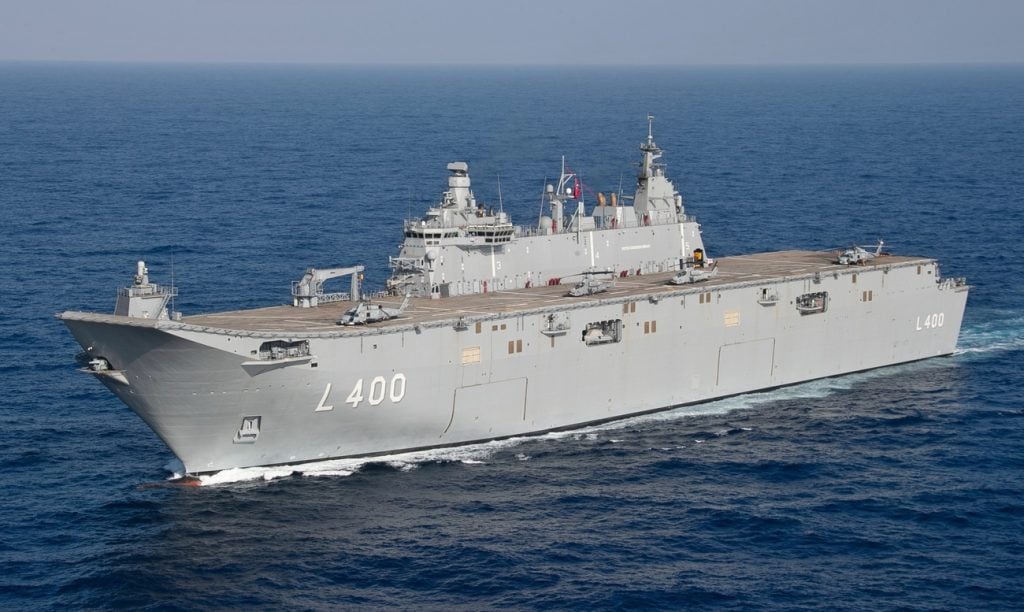
TCG Anadolu has broken new ground in naval aviation as the world’s first drone carrier, transforming maritime operations. This massive 27,079-ton vessel spans 231 meters in length and 32 meters in width.
Anadolu’s Capabilities
The vessel showcases its versatile nature through impressive specifications:
| Feature | Capability |
|---|---|
| Flight Deck | 5,440 m² |
| Aviation Hangar | 990 m² |
| Crew Size | 261 personnel |
| Range | 9,000 nautical miles |
The ship can support various aircraft configurations:
- 12 medium-sized helicopters or 8 heavy-lift helicopters
- Up to 30 TB-2 or TB-3 Bayraktar drones
- 10 F-35B fighters with 12 helicopters
Turkish Naval Strategy
TCG Anadolu serves as a command center and flagship for the Turkish Navy, designed to excel in long-distance military operations. Turkish firms Aselsan and Havelsan developed the advanced GENESIS-ADVENT combat management system for the vessel.
Multi-Role Operations
The ship’s 1,880 m² light cargo garage can hold 27 Amphibious Assault Vehicles. The vessel has detailed medical facilities with operating theaters, dental treatment units, and intensive care facilities. Beyond military missions, the ship’s versatility allows quick response to regional crises through humanitarian relief operations.
Juan Carlos I (26,000 tons)
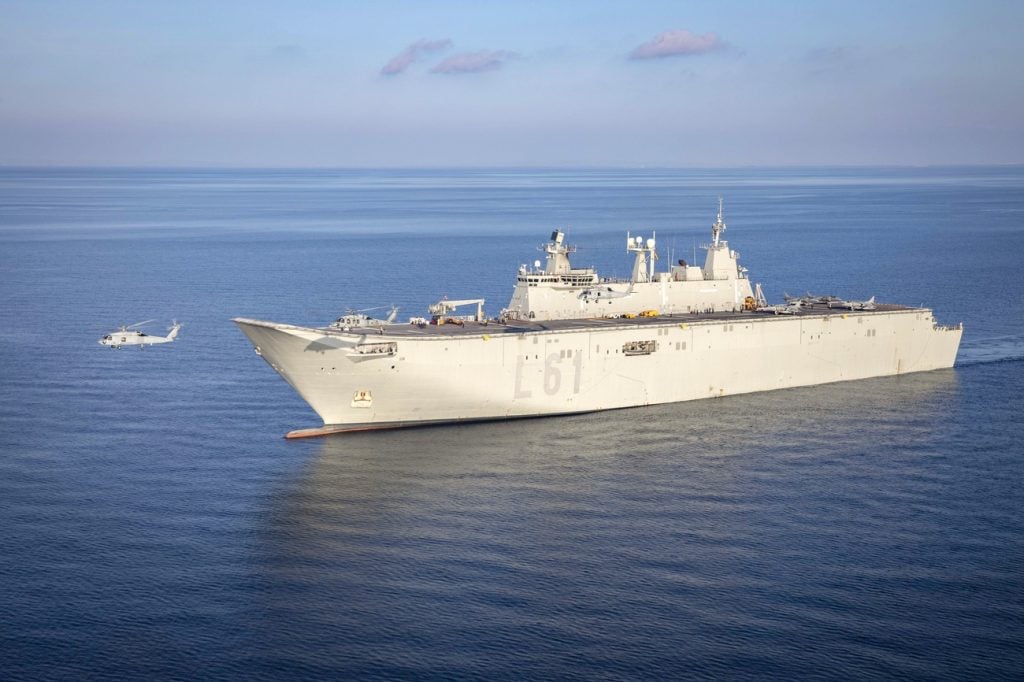
Spain’s flagship vessel Juan Carlos I stands out with its multi-purpose design that excels in naval warfare. This 26,000-ton warship serves as both an aircraft carrier and an amphibious assault platform.
Spanish Carrier Features
The warship’s specifications highlight its excellence at sea:
| Feature | Specification |
|---|---|
| Length | 231.82 m overall |
| Flight Deck | 202 meters |
| Range | ~9,000 nautical miles at 15 knot |
| Speed | Up to 21 knots |
Amphibious Capabilities
The ship’s design features a 69.3 x 16.8-meter floodable stern well deck. Its transport capacity can handle:
- 1,200 troops with the core team
- 46 tanks within 6,000-ton cargo capacity
- 4 LCM-1E landing craft
NATO Operations
Juan Carlos I takes part in NATO exercises and shows its ability to work seamlessly with allied forces. The ship can carry 30 medium helicopters or 10-12 F-35B Lightning II fighters. The vessel’s medical facilities have X-ray equipment and operating rooms that boost its humanitarian support capabilities.
Giuseppe Garibaldi (14,150 tons)
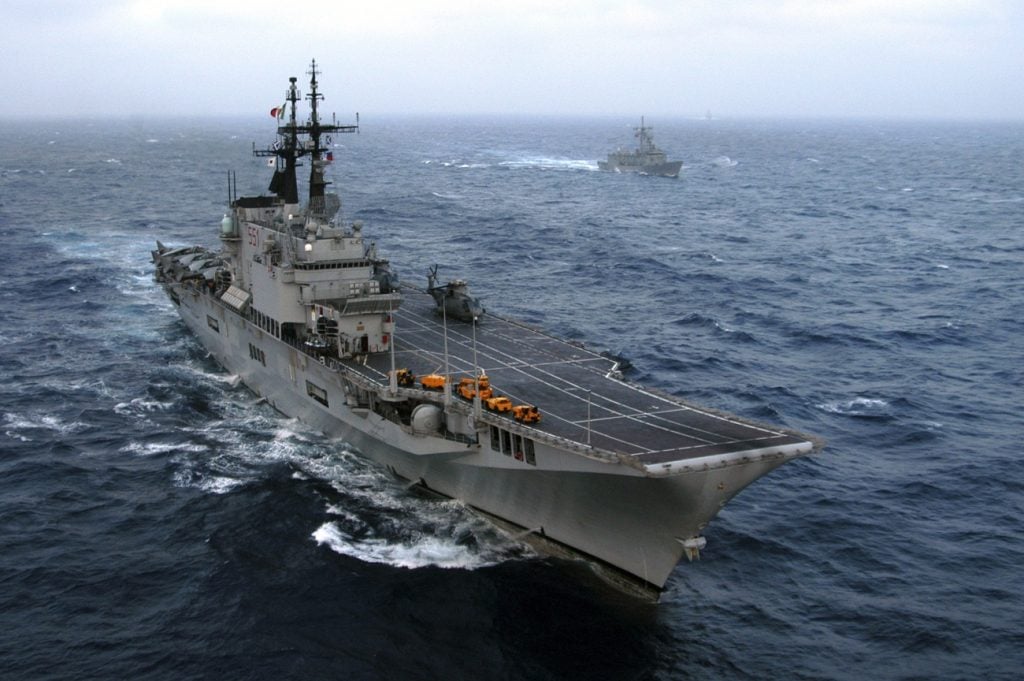
The Italian aircraft carrier Giuseppe Garibaldi has proven its excellence through advanced systems and combat capabilities. This remarkable vessel has served in numerous military operations. It maintains a displacement of 14,150 tons and features a full flight deck that spans 174 meters in length.
Garibaldi’s Systems
The carrier’s detailed combat systems include:
- Two Albatros octuple missile launchers for Aspide SAM
- Three Oto Melara twin 40L70 DARDO defense systems
- Advanced radar warning receiver and jamming systems
The vessel’s technical specifications highlight its maritime capabilities:
| Feature | Capability |
|---|---|
| Range | 7,000 nautical miles |
| Speed | 30 knots |
| Aircraft Capacity | 18 aircraft |
| Crew Size | 550 ship/180 air crew |
Italian Naval Role
We designed this versatile platform to support both fixed-wing aircraft and helicopter operations, with anti-submarine warfare as its primary focus. The vessel’s capacity allows for 18 aircraft, which can include AV-8B Harrier II fighters or various helicopter configurations.
Mediterranean Operations
The carrier’s impressive combat record spans multiple theaters of operation. During Operation Enduring Freedom, its air group successfully completed 288 missions with 860 flight hours. The vessel now takes part in Nordic Response 2024 exercises with the San Giorgio amphibious transport dock. The carrier’s AV-8B aircraft demonstrated their effectiveness in Libya operations by completing 160 guided bomb strikes during 1,221 flight hours.
HTMS Chakri Naruebet (11,486 tons)
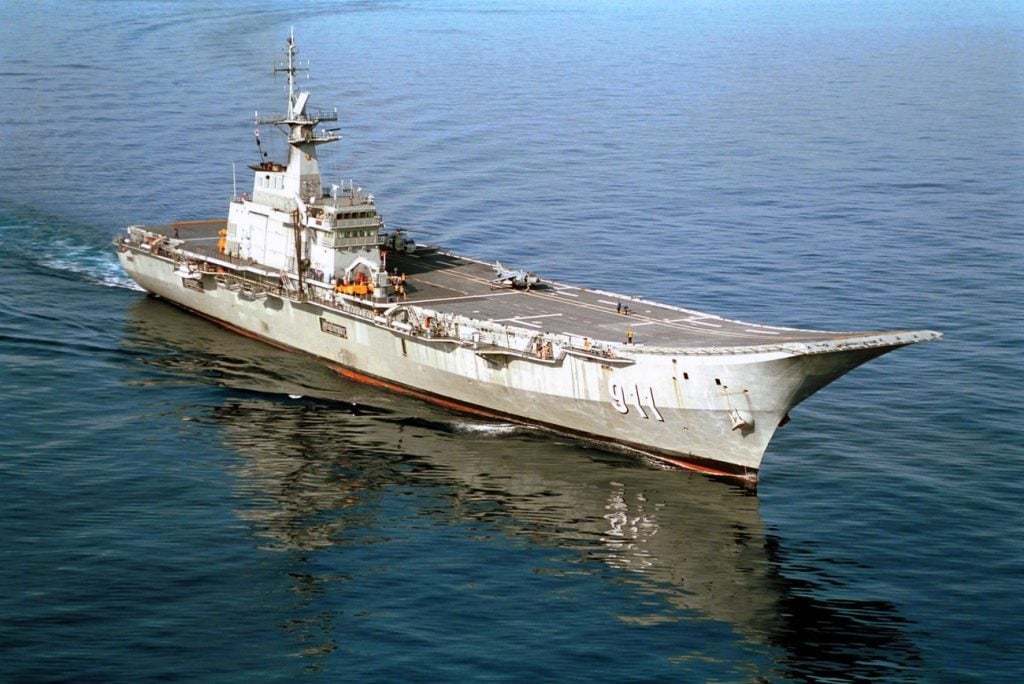
HTMS Chakri Naruebet stands as Southeast Asia’s only aircraft carrier, weighing 11,486 tons. Spanish shipbuilders Bazan-Ferrol constructed this versatile vessel that serves as Thailand’s maritime flagship and combines military capabilities with unique features.
Thai Carrier Capabilities
The vessel showcases these technical specifications that highlight its multi-role design:
| Feature | Specification |
|---|---|
| Length | ~182.6 m (599 ft) |
| Speed | Up to 25–25.5 knots (46–47 km/h) |
| Range | 10,000 nautical miles at 12 knots |
| Crew | 600 personnel |
The carrier’s unique features include dedicated apartments for Thailand’s royal family and a 12-bed hospital.
Regional Operations
The vessel has focused on humanitarian missions throughout its service:
- Indian Ocean tsunami relief operations (2004)
- Flood response missions in Thailand (2010-2011)
- Migrant assistance operations (2015)
Current Status
Each deployment costs about one million baht, which creates substantial financial challenges. The carrier now spends most of its time at Sattahip naval base where it serves as a tourist attraction. Monthly training exercises continue to prove the vessel’s importance in Thailand’s maritime strategy.
Advanced radar capabilities form the core of the ship’s combat systems. These include Raytheon AN/SPS-52C 3-D medium range air search radar and multiple navigation systems. The hangar can accommodate various aircraft configurations and supports helicopter operations. Previously, it also housed AV-8S Matador aircraft.
JS Izumo (27,000 tons)
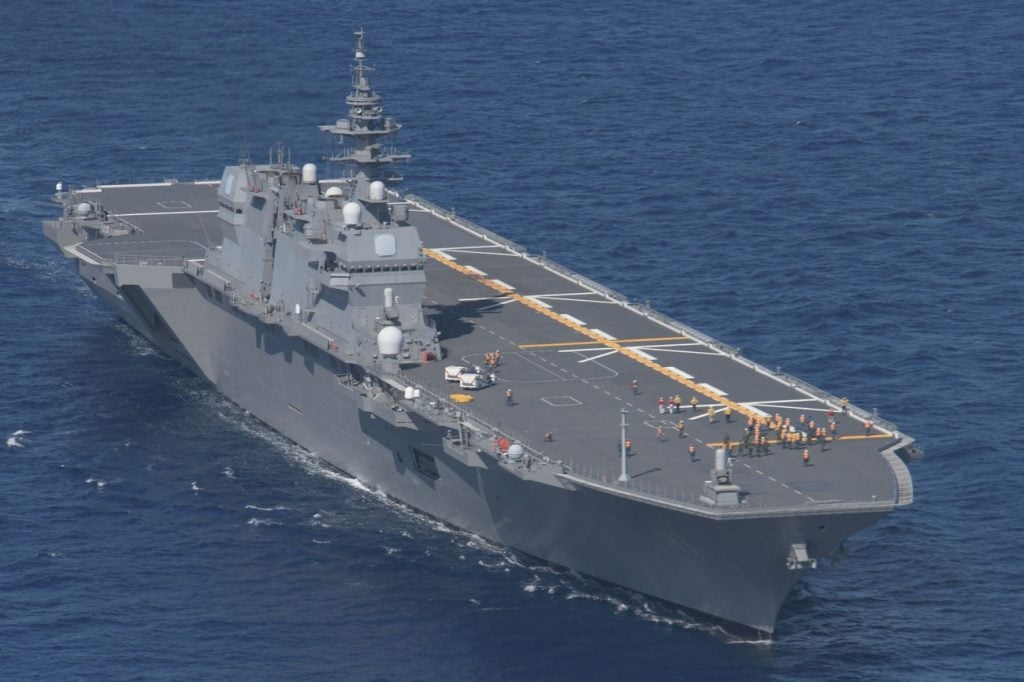
JS Izumo shows Japan’s growing maritime power as it changes from a helicopter carrier to a powerful aircraft carrier. The 27,000-ton vessel started its conversion in 2020, which marked a historic change in Japanese naval strength.
Izumo Class Features
The vessel’s key specifications highlight its adaptable design:
| Feature | Specification |
|---|---|
| Aircraft Capacity | Up to 28 aircraft |
| Initial Complement | 7 ASW + 2 SAR helicopters |
| Troop Capacity | 400 troops |
| Vehicle Space | 50 3.5-ton trucks |
F-35B Integration Plans
The conversion happens in two main phases:
- First Stage: The deck’s heat resistance gets stronger with new power supply equipment
- Second Stage: The bow structure changes shape and interior compartments get upgrades (scheduled for late 2024)
Japanese Maritime Strategy
The vessel’s changes match Japan’s defense guidelines, which approved buying 42 F-35B fighters to use on both Izumo and her sister ship Kaga. The ship proved its new capabilities during joint exercises with HMS Queen Elizabeth in September 2021. The vessel helps protect air defense across the Pacific Ocean. This conversion makes JS Izumo Japan’s first naval vessel to operate fixed-wing aircraft since World War II.
Comparison Table
| Aircraft Carrier | Displacement (tons) | Length (m) | Aircraft Capacity | Crew Size | Speed (knots) | Notable Features/Capabilities |
|---|---|---|---|---|---|---|
| USS Gerald R Ford | 100,000 | 333 | Up to 90 | 4,539 | 30+ | EMALS launch system, 2 A1B nuclear reactors |
| USS Nimitz Class | 97,000 | 333 | 85-90 | Not mentioned | 30+ | Dual A4W nuclear reactors, 50+ years service life |
| Fujian Type 003 | 80,000 | 318 | 50-60 | Not mentioned | Not mentioned | 3 electromagnetic catapults, CATOBAR system |
| HMS Queen Elizabeth | 65,000 | 284 | Up to 72 | 1,600 | 25+ | F-35B integration, Phalanx CIWS defense |
| HMS Prince of Wales | 65,000 | 284 | Up to 48 | 700-1,600 | Not mentioned | 6 landing spots, NATO fleet flagship |
| USS America LHA-6 | 45,000 | 257.2 | Not mentioned | 1,204 | Not mentioned | Aviation-focused design, no well deck |
| INS Vikramaditya | 45,400 | 284 | 34 | 1,600 | Not mentioned | 500km surveillance bubble |
| INS Vikrant | 45,000 | 262 | 30 | 1,700 | 28 | 76% indigenous content, STOBAR system |
| Charles de Gaulle | 42,500 | 261.5 | 40 | 1,950 | Not mentioned | Nuclear-powered, SENIT8 combat system |
| Italian Cavour | 30,000 | 244 | 16 | 1,202 | 28+ | F-35B capable, dual-role carrier |
| TCG Anadolu | 27,079 | 231 | 30 | 261 | Not mentioned | World’s first drone carrier |
| Juan Carlos I | 26,000 | 231.4 | 30 | Not mentioned | 21 | Multi-purpose design, well deck capability |
| Giuseppe Garibaldi | 14,150 | 174 | 18 | 730 | 30 | Anti-submarine warfare focus |
| HTMS Chakri Naruebet | 11,486 | 182.6 | Not mentioned | 600 | 25.5 | Royal family apartments, hospital facilities |
| JS Izumo | 27,000 | Not mentioned | Up to 28 | Not mentioned | Not mentioned | F-35B conversion in progress |
Conclusion
Aircraft carriers are remarkable evidence of naval engineering excellence. They range from the massive 100,000-ton USS Gerald R Ford to the smaller but capable HTMS Chakri Naruebet. These maritime giants showcase the most important technological advances through electromagnetic launch systems, nuclear propulsion, and drone integration.
These floating cities do much more than curb traditional threats. Their capabilities now include humanitarian assistance, disaster relief, and strategic deterrence. Recent breakthroughs in carrier technology are impressive. China has developed electromagnetic catapults on the Fujian. India launched its home-grown carrier program with INS Vikrant. Turkey introduced its groundbreaking drone carrier TCG Anadolu.
Nations worldwide are expanding their naval capabilities, and aircraft carriers’ strategic value keeps growing. Japan has converted its helicopter carriers to support F-35B platforms. Other countries have started developing their own carrier programs. These advances show how vital carrier operations have become to maritime security and naval power projection in global waters.
Advanced technology and versatile operational capabilities make aircraft carriers the life-blood of naval strategy. They have evolved from simple aircraft platforms into sophisticated command centers. This transformation mirrors the broader changes in maritime warfare and proves their dominance in modern naval operations.
FAQs
Q1. What is currently the world’s largest aircraft carrier?
The USS Gerald R. Ford is the world’s largest aircraft carrier as of 2025. At 100,000 tons, it represents a significant leap in naval engineering and serves as the U.S. Navy’s most advanced carrier.
Q2. Are there plans for India to build a third aircraft carrier?
Yes, India is planning to build a third aircraft carrier known as INS Vishal or Indigenous Aircraft Carrier 3 (IAC-3). This project is part of India’s efforts to expand its naval capabilities and is expected to be constructed by Cochin Shipyard Limited.
Q3. How does the USS Gerald R. Ford compare to other warships?
The USS Gerald R. Ford is not only the largest aircraft carrier but also the largest warship ever constructed. It features advanced technologies like the Electromagnetic Aircraft Launch System (EMALS) and can support up to 90 aircraft.
Q4. What recent developments have occurred with U.S. aircraft carriers?
In early 2024, the USS Gerald R. Ford, leading Carrier Strike Group 12, completed operations in the U.S. Sixth Fleet area and transited through the Strait of Gibraltar, demonstrating the Navy’s continued global presence and operational capabilities.
Q5. How are aircraft carriers evolving to meet modern naval challenges?
Modern aircraft carriers are incorporating advanced technologies such as electromagnetic launch systems, improved propulsion, and enhanced aircraft capacity. Some nations are also developing specialized carriers, like Turkey’s TCG Anadolu, which is designed to operate drones, showcasing the evolving nature of naval aviation.

